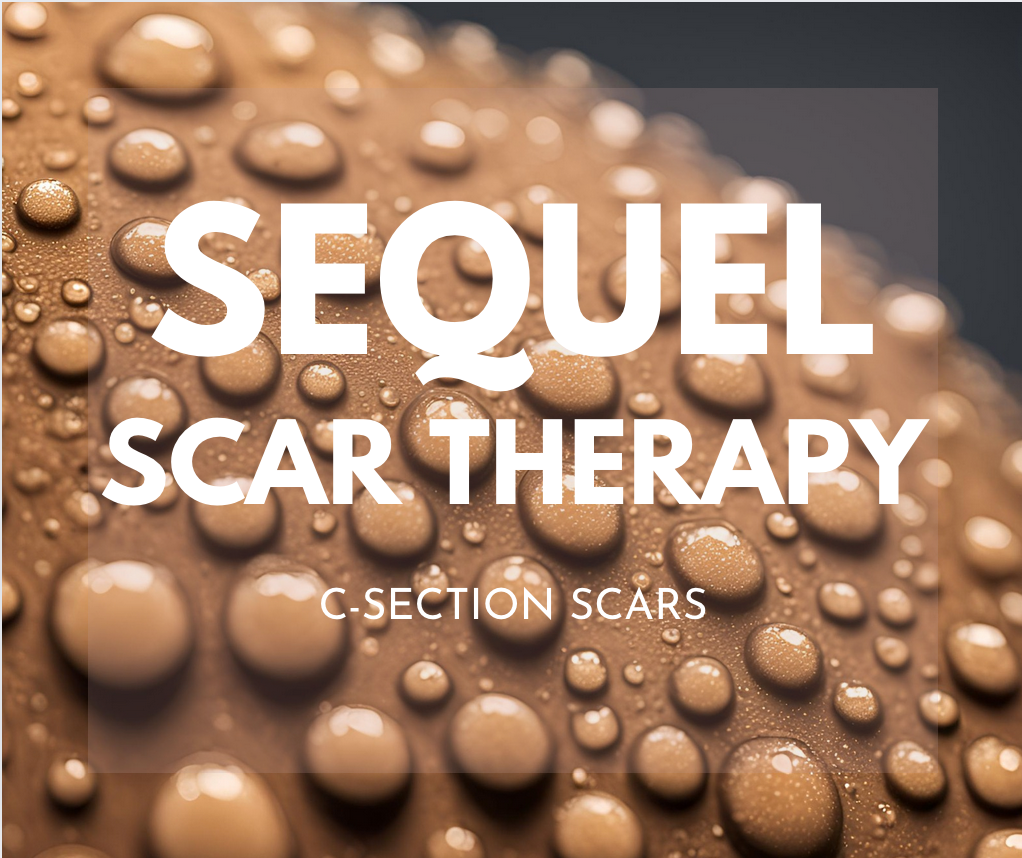Plastic Surgeons and dermatologists use stitches to repair the skin after trauma or a surgical procedure. There are so many different techniques to suture the skin and there are so many different types of sutures – so how does one make sense of it all when it comes to stitch care and post-treatment instructions.
Sutures and stitches usually refer to the same types of surgical threads that doctors use to repair the skin. Basically, there are two main types of sutures used, ones that readily absorb over time and others that do not dissolve. Examples of sutures that dissolve include vicryl, monocryl, maxon, and PDO; while those that don’t dissolve include nylon, prolene, ethibond, and silk sutures.
A surgeon may use both types of sutures during the same surgical treatment. Deeper sutures are usually, but not always, made of absorbable material so that they dissolve over the course of several months after surgery. Usually the most superficial stitches are absorbable or non-absorbable. It all depends on the wound, the amount of tension on the cut, and the location and technique used by your surgeon. It is important to understand the decisions that your surgeon made so that you can better care for your incisions.
Usually, depending on the type of suture used on the surface of the skin, you will probably have them removed within 5-10 days. Some surgeons will opt to leave them in for longer because of the amount of tension on the wound closure. Techniques differ and so does the aftercare.
Once a suture is removed, you should begin scar therapy as soon as the skin epithelializes. Try not to undertake scar care if there is an open wound or infected wound that still requires attention by a medical expert.
We usually recommend both the Sequel Scar Defense Serum and Sequel Dark Scar Corrector for most scars on the face and body. These two creams can help reduce the time to reach scar equilibrium.



